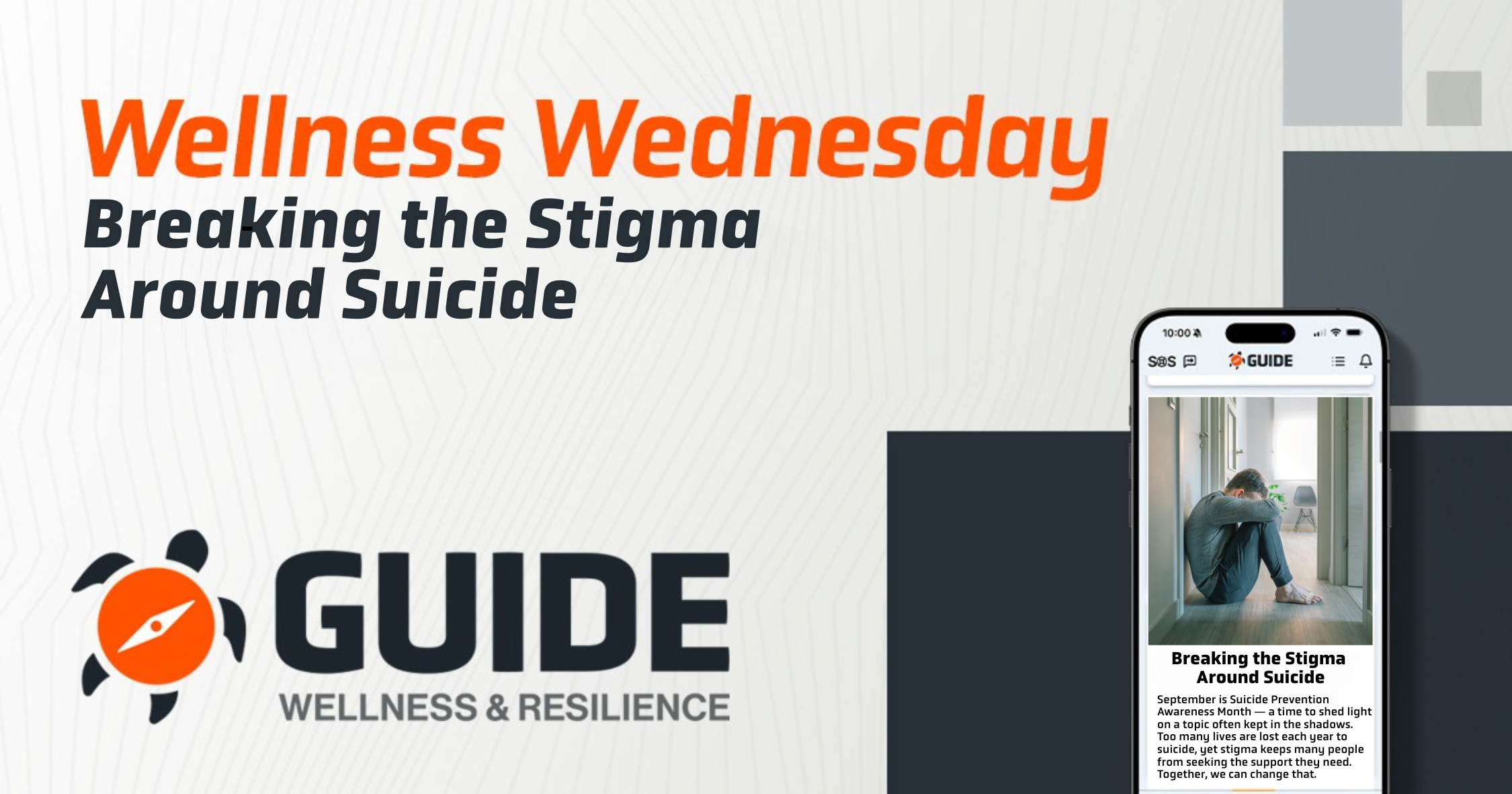Visualization Techniques for Mental Resilience
Building mental resilience is essential for managing life’s challenges, stress, and unexpected events. While there are many ways to strengthen your mind, one powerful tool often overlooked is visualization. Visualization is the practice of creating mental images or scenarios to help you mentally prepare for difficult situations, reduce stress, and boost your emotional strength.
In this Wellness Wednesday post, we’ll introduce you to visualization techniques that can help you develop mental resilience. Whether you’re facing an important presentation, coping with personal struggles, or simply wanting to build a stronger mindset, visualization can become a valuable part of your mental wellness toolkit.
What Is Visualization?
Visualization is a technique where you create vivid mental images of a situation or outcome you want to achieve. It’s like creating a movie in your mind where you are the lead actor. By repeatedly visualizing these images, your brain begins to associate them with reality, making it easier to manage stress and stay calm when faced with real-life challenges.
Athletes, public speakers, and top professionals often use visualization to mentally rehearse their goals and performance. This mental “rehearsal” has been shown to improve focus, reduce anxiety, and help people remain composed under pressure.
How Visualization Boosts Mental Resilience
Resilience is the ability to bounce back from adversity, stress, and difficulties. Visualization helps build mental resilience by:
- Reducing Stress and Anxiety: Imagining positive outcomes or rehearsing challenges before they happen helps reduce the uncertainty that often leads to stress. When you know what to expect and how to handle it, your mind is better equipped to stay calm and focused.
- Strengthening Emotional Responses: Visualization enables you to mentally walk through tough situations and imagine how you will respond. This prepares you emotionally for the challenges ahead, making it easier to handle them when they occur.
- Boosting Confidence: Visualizing yourself successfully overcoming obstacles builds self-confidence. The more you “see” yourself succeeding, the more likely you are to believe in your ability to overcome challenges, which can strengthen your resilience.
- Training the Brain for Real-Life Scenarios: The brain can’t always tell the difference between real and imagined experiences. When you visualize a scenario, you’re essentially training your brain to respond more effectively to that situation in real life.
Simple Visualization Techniques to Build Mental Resilience
Ready to try visualization? Here are some simple techniques to help you get started:
1. Positive Outcome Visualization
One of the most common forms of visualization is imagining a positive outcome. This technique can be used in various aspects of life, whether it’s a big event, a challenging task, or a stressful day ahead.
How to practice it:
- Find a quiet space where you won’t be disturbed.
- Close your eyes and take a few deep breaths.
- Visualize the situation you’re about to face.
- See yourself handling the situation with confidence, staying calm, and successfully reaching your goal.
- Imagine the feelings of accomplishment and relief after completing the task.
Example: If you have an important meeting, visualize yourself entering the room, speaking clearly and confidently, and leaving feeling proud of your performance. The more detailed you make your visualization, the more effective it will be.
2. Worst-Case Scenario Rehearsal
For some, imagining the worst-case scenario and mentally preparing for it can reduce anxiety. By facing your fears in a controlled setting, you’re better equipped to handle the situation if it does happen.
How to practice it:
- Close your eyes and think about the situation that’s worrying you.
- Imagine the worst-case scenario, but instead of panicking, visualize how you would calmly manage it.
- See yourself finding solutions, staying composed, and working through the challenge step by step.
- End the visualization with a positive resolution, even if the worst-case scenario comes to pass.
Example: If you’re worried about making a mistake during a presentation, visualize yourself making the mistake and then calmly correcting it. Imagine how you can recover with ease and continue confidently.
3. Progressive Visualization for Long-Term Goals
If you’re working toward a long-term goal, such as improving your mental resilience or achieving a personal objective, progressive visualization can help keep you focused and motivated.
How to practice it:
- Picture the entire journey from where you are now to where you want to be.
- Visualize the small steps you’ll take along the way and how each one brings you closer to your goal.
- Imagine overcoming challenges and staying committed to your path.
- See yourself achieving your goal, experiencing the joy and pride that comes with it.
Example: If you’re training for a marathon, visualize yourself completing each training session, pushing through fatigue, and finally crossing the finish line on race day.
4. Breathing and Visualization Combo
Combining deep breathing exercises with visualization can amplify its effects. Deep breathing helps relax the body, while visualization enhances focus and mental clarity.
How to practice it:
- Sit in a comfortable position and close your eyes.
- Take slow, deep breaths, inhaling through your nose and exhaling through your mouth.
- As you breathe in, imagine yourself inhaling calm and positivity.
- As you exhale, picture yourself releasing any stress, tension, or fear.
- Continue this practice for 5-10 minutes, visualizing yourself growing more resilient with each breath.
Incorporating Visualization Into Your Daily Life
Visualization is a skill that becomes more effective with practice. Here’s how to incorporate it into your daily routine:
- Start small: You don’t need to dedicate a lot of time to visualization—5 to 10 minutes a day is enough to see benefits.
- Be consistent: Like any other mental health practice, consistency is key. Try to visualize every day or at least a few times a week.
- Pair it with mindfulness: Combining visualization with mindfulness or meditation can create a powerful mental wellness routine.
- Use it during stressful moments: Whenever you feel overwhelmed or anxious, take a few moments to practice visualization. It can help you regain control and calm your mind.
The Power of Visualization for Mental Resilience
Visualization is more than just daydreaming—it’s a tool that can help you mentally prepare for challenges, reduce stress, and build emotional strength. Whether you’re facing a difficult situation at work, struggling with personal challenges, or simply looking to improve your mental resilience, visualization can offer a practical and effective solution.
At The GUIDE App, we believe in providing tools and techniques that support mental wellness and resilience. Visualization, combined with other wellness practices, can help you stay grounded, focused, and ready to take on whatever life throws your way.




